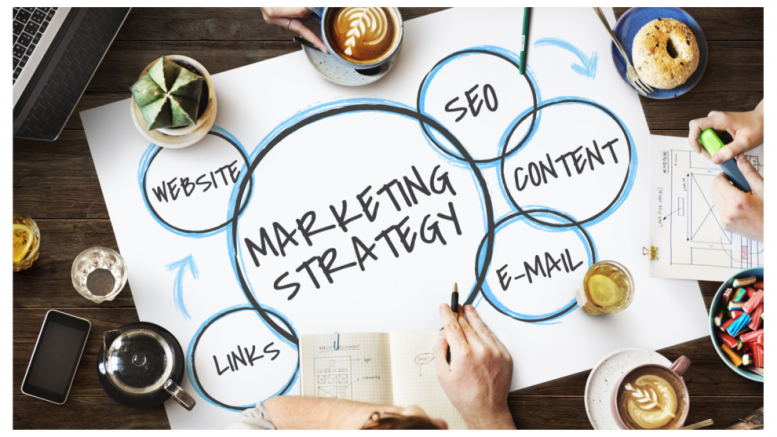I am grateful to be a part of this amazing digital and technology boom that has happened in the past 25 years. In around 2010, Kodak—a household name synonymous with photography—was grappling with a fast-changing marketplace. Once an industry titan, Kodak had revolutionised photography with its film products and iconic marketing campaigns. But as digital cameras gained prominence and social media platforms like Facebook transformed how people shared memories, Kodak hesitated. While they had the technology to embrace the digital age (Kodak invented the first digital camera in 1975), they clung to their legacy film business, reluctant to disrupt their profitable status quo.
Their competitors, on the other hand, were agile. Canon and Sony invested heavily in digital camera technology, while tech-savvy companies like Instagram capitalised on the rise of digital sharing. Kodak’s failure to adapt swiftly became a cautionary tale for businesses: innovate or risk irrelevance.
As we step into the future of marketing, the lessons from Kodak’s story are more pertinent than ever. Rapid advancements in technology, evolving consumer behaviour, and the rise of purpose-driven branding demand a new playbook.
In this piece, I share my observations on 5 forward looking strategies that marketing leaders are already embracing globally.
- Hyper-Personalisation: Marketing to a Segment of One
Consumers today expect brands to cater to their unique preferences, offering solutions tailored specifically to their needs. Hyper-personalisation, powered by AI and ML, allows marketers to go beyond broad demographics and deliver individual-focused experiences.
- Behavioural Insights: Tools like A 4 and HubSpot leverage real-time data to understand customer preferences and predict their next moves.
- Dynamic Content: Platforms such as Adobe Target enable marketers to craft personalised landing pages, emails, and ads that adapt in real time based on user behaviour.
- Ethical Data Practices: Privacy regulations like GDPR and CCPA require transparency. Brands using tools like OneTrust can ensure compliance while building trust.
Taking an example, Spotify’s “Wrapped” campaign showcases hyper-personalisation by delivering curated insights to individual users about their listening habits. This personalised content fuels massive social media engagement and strengthens customer loyalty.
- Immersive Technologies: Shaping the Future of Brand Engagement
The rise of VR is revolutionising how consumers interact with brands. These technologies offer immersive experiences that bridge the physical and digital worlds.
- AR and VR Development: Platforms like Unity and Unreal Engine enable brands to create interactive product demos, virtual tours, and immersive storytelling experiences.
- Metaverse Activation: Spaces like Roblox and Decentraland offer opportunities for brands to host virtual events or build branded virtual environments. Although, I am still not sure how Metaverse will be shaping up in the next few years.
- Data-Driven Immersion: Using platforms like Spatial Analytics, marketers can measure how users interact with virtual spaces to optimise experiences.
For instance, IKEA’s AR app lets customers visualise furniture in their homes before purchasing, enhancing confidence and reducing returns. Similarly, I observe Gucci creating virtual showrooms in the Metaverse, blending exclusivity with cutting-edge technology.
- Purpose-Driven Branding: Building Emotional Resonance with Consumers
Modern consumers don’t just buy products—they buy values. Purpose-driven marketing is about aligning a brand’s mission with societal and environmental priorities, creating a deeper emotional connection with audiences.
- Social Listening Tools: Although these have been there for a while, the ‘data’ side of these platforms (and such new platforms) will only improve, to analyse online conversations to identify societal issues that resonate with target audiences.
- Impact Measurement: Tools like True Impact or the B Corp Certification system help quantify the effectiveness of purpose-driven campaigns.
- Authentic Messaging: AI-powered tools (basic examples like Grammarly or Jasper) can craft emotionally compelling narratives, but authenticity must remain human-led.
For e.g., Dove’s “Real Beauty” campaign tackles unrealistic beauty standards, aligning with the brand’s purpose of fostering self-esteem and inclusivity. This initiative not only resonated emotionally but also boosted brand loyalty and sales.
- Predictive Commerce: Anticipating Consumer Needs Before They Arise
Predictive commerce, driven by AI and big data, is enabling brands to anticipate what consumers want—even before they know it themselves. This shift transforms customer experiences from reactive to proactive.
- Customer Data Platforms (CDPs): Tools like Salesforce CDP aggregate customer data from multiple touchpoints to uncover predictive insights.
- AI-Powered Forecasting: Amazon Forecast and Google Cloud’s AI models help predict demand trends, enabling brands to optimise inventory and pricing strategies.
- Zero-Click Experiences: Brands are exploring automated purchases and subscription models where products are delivered based on predicted needs.
The views and opinions published here belong to the author and do not necessarily reflect the views and opinions of the publisher.



Be the first to comment on "The Future of Marketing Strategies – Going Beyond the Conventional"